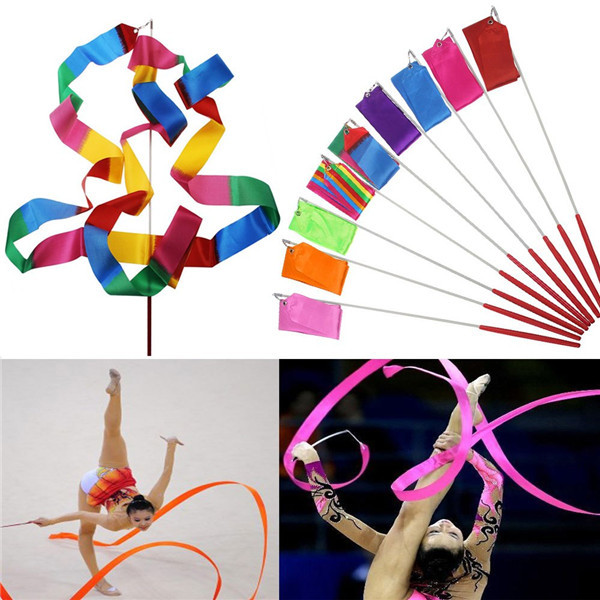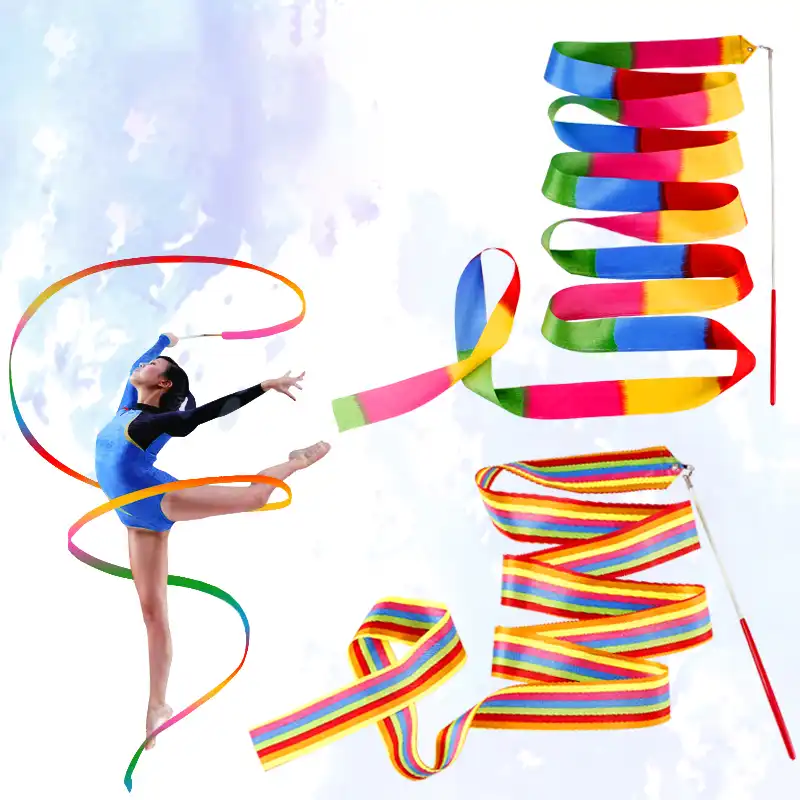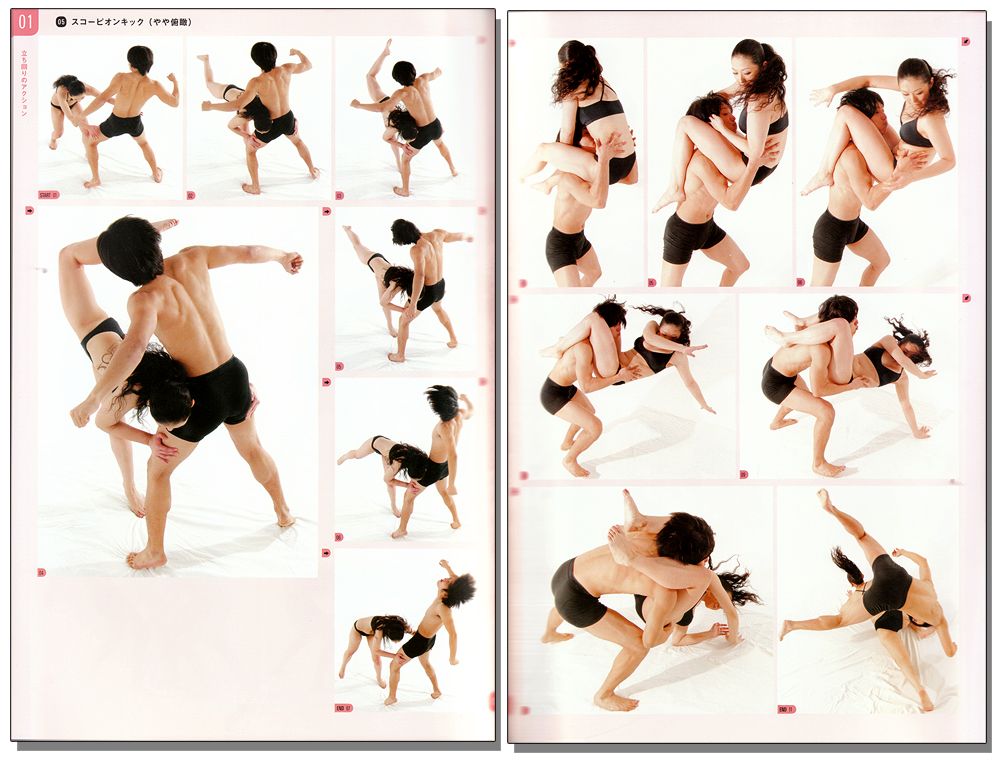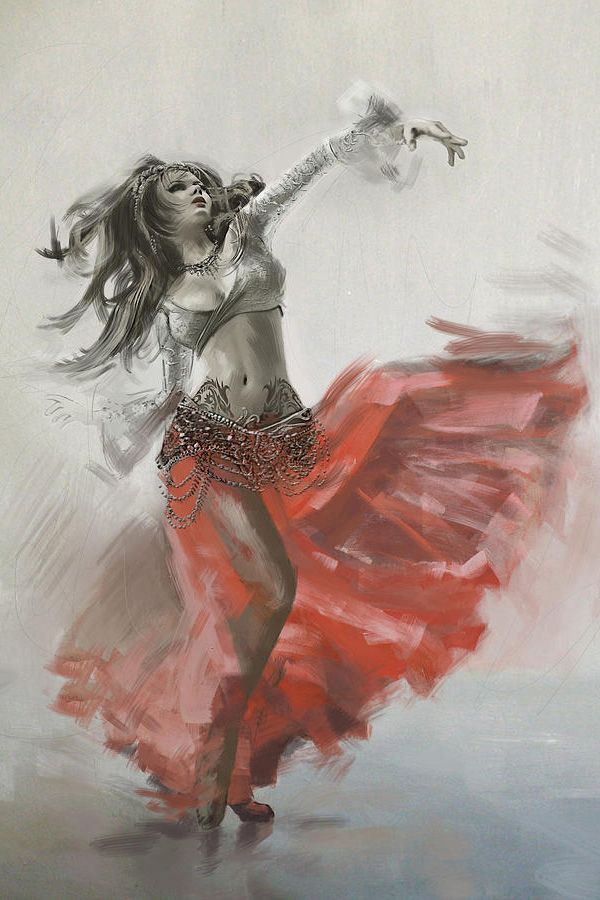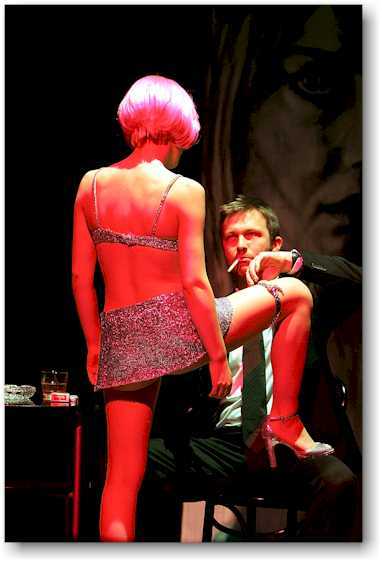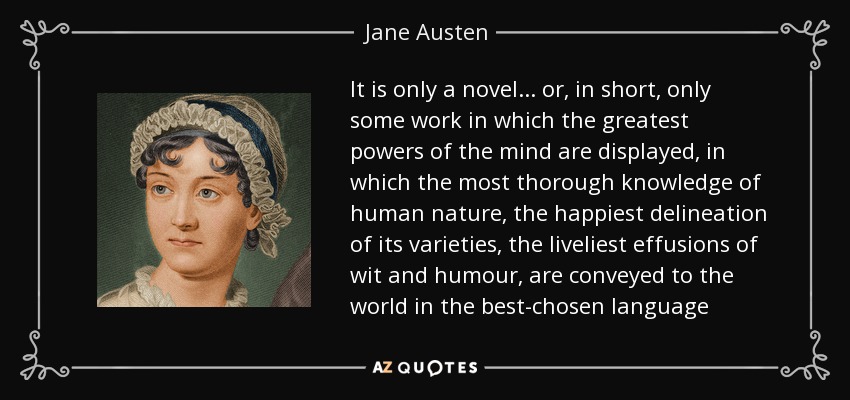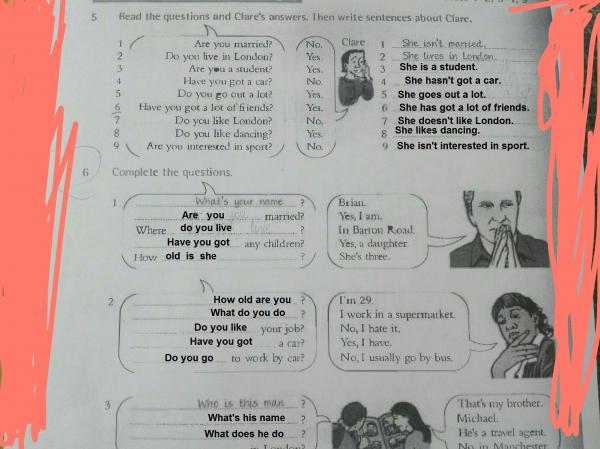How to make dancing ribbon sticks
Dancing Ribbon Wands - Super Simple
It’s time for a dance party! These dancing ribbon wands will elevate your dance party to new heights! They are so much fun to play with and are simple to make – no fancy hardware needed and no mess! We also designed these wands to be safer for little ones with shorter ribbon stands so they don’t get tangled up and are easier for little hands to twirl.
What to do with your Dancing Ribbon Wands?
- Put on our Super Simple Dance playlist and dance!
- Twirl your ribbon wand and then freeze with Red Light, Green Light.
- Try twirling your ribbon fast and slow with Open Shut Them.
- Take your wands to a sports game or celebration and use them like pom poms to cheer! You can even make your ribbons the same colors as your favorite team.
- They make great party favors!
- Review colors with the ribbon colors.
- Draw different shapes in the air with your wand for shapes review.
- Have your little ones or class put on a show using their dancing ribbon wands!
Here’s how you can make your own!
Things you’ll need
- Small zip tie or cable tie
- 6 to 8 lengths of ribbon.
Best ribbon to use is 1/4“ to 1/2” wide and 3 to 4 feet long
- Wooden dowel 12”long x 3/8” in width
- Decorative tape – we like using different kinds of washi tape!
- Glue gun
- Scissors
To decorate our wand we used different colors of decorative tape, like washi tape, to make a spiralized pattern around the wand. To make this look, hold two colors of tape side by side and wrap them around the wooden dowel on a 45 degree angle. Slowly twist around the dowel until you reach the end and trim off any excess tape. You can also paint your dowel your favorite color, or leave it plain!
Cut your ribbons to be 3 to 4 feet in length. You’ll want to have 6 to 8 lengths of ribbon. Use whatever colors you like – try making a dancing ribbon wand using the colors from your favorite sports team for a fun way to cheer them on!
To assemble, make a loop with your zip tie (we’ll be closing the loop later) and tape the ends to the table. This will help hold the loop in place while you tie your ribbon onto the loop making it a bit easier!
Now we are going to attach the ribbon to the zip tie loop using a simple knot called a Lark’s Knot. Start by taking each length of ribbon and folding it in half, doubling it back onto itself. Then, one ribbon at a time, take both cut ends of the ribbon through the loop of the zip tie, and back through the folded end of the ribbon. Pull the ends of the ribbon to secure the knot.
Start by taking each length of ribbon and folding it in half, doubling it back onto itself. Then, one ribbon at a time, take both cut ends of the ribbon through the loop of the zip tie, and back through the folded end of the ribbon. Pull the ends of the ribbon to secure the knot.
Continue with the rest of the ribbon until all your lengths of ribbon are tied around the loop of the zip tie.
Remove the tape from the zip tie – a few final moves and you’ll be ready to dance! Give the ends of each ribbon a final pull to fully tighten their knots. Then tighten the loop of the zip tie to make a smaller loop, but don’t close it completely.
Insert your wooden dowel about half an inch into the loop of the zip tie and tighten the zip tie tightly around the dowel.
Trim off the ends of the zip tie.
Add a few small dabs of hot glue just below the ribbon knots towards the end of the wand and attach the ribbon to the dowel.
This gives it some extra security, and also hides the zip tie for a polished look.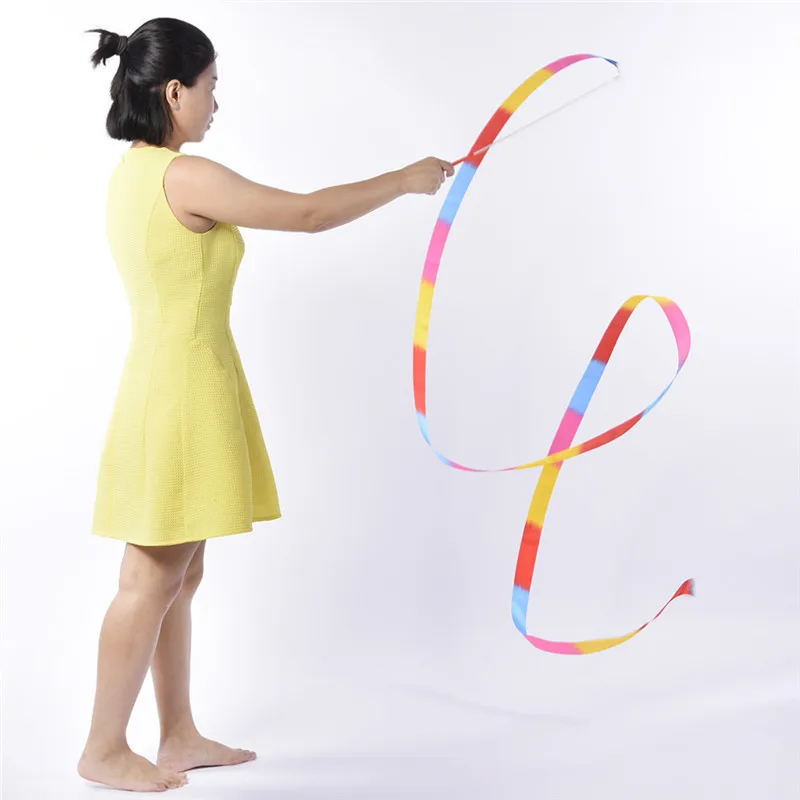
Now you are ready to dance with your dancing ribbon wand!
Play some of your favorite Super Simple Songs dance songs and twirl away!
For more fun dance activities, crafts, and videos, check out our Super Simple Dance Party theme page!
Don’t forget to follow us on Twitter, Instagram, Pinterest, and Facebook!
Original content © 2021 Super Simple. Not to be reprinted without express written permission. Terms of Service.
See more content about:
- Dance Party!
More fun Stuff
EASY DIY Ribbon Wands (Ready In 5 Mins)
Author: Creative Team
This post may contain affiliate links. Read our disclosure policy.
Here is a simple and easy tutorial on how to make ribbon wands that your kids are sure to love! These are perfect for a princess party or a fun project to make with your kids. These ribbon wands will bring hours of fun any day of the week!
Easy DIY Ribbon Wands
If you’re looking for a simple, affordable, FUN spring craft that your kids will love- this one is for you! I recently made one of these ribbon wands for each of my 4 kids. They literally spent over an hour running around in our backyard playing with them! I love when something so simple is so much fun!
They literally spent over an hour running around in our backyard playing with them! I love when something so simple is so much fun!
My oldest daughter loved pretending to be Elsa from Frozen and she used the ribbons as make believe snow and ice coming from her hands- she thought it was pretty amazing!
Ribbon wands are super simple to make, and after watching how much fun my kids had with them, I knew this craft was a winner! Here’s a video that walks you through exactly how to make these ribbon wands. As you can see, it’s super simple to do and can be done in about 5 minutes or less.
More Easy DIY Craft Projects And Activities- Popsicle Stick Flower Pots
- Water Gun Painting
- How To Make The Best Puffy Paint
- How To Make Slime
How to Make Ribbon Wands
Materials You’ll Need To Make Ribbon Wands:
- Wooden dowels (you can buy a pack of 10 or 12 at Walmart for around $2!)
- Various colorful ribbon (I prefer to use satin ribbon)
- Scissors
- Hot glue
- Matches or a lighter, optional
DIY Ribbon Wands Directions:
- Cut the ribbon to your desired lengths.
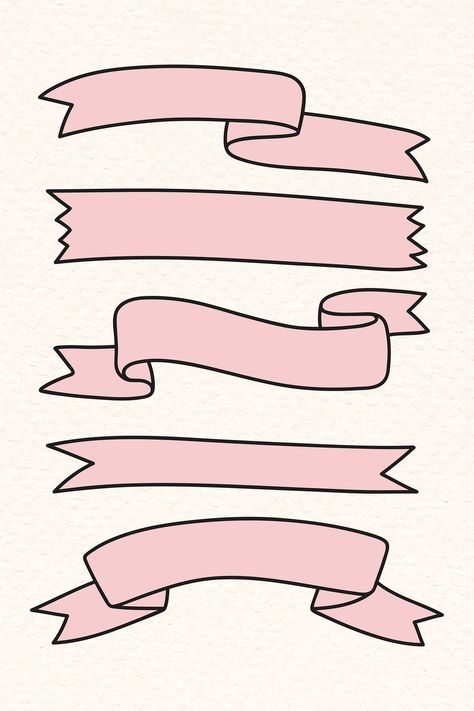
- Optional: Burn the edges of the ribbon to keep them from fraying.
- Tie one ribbon at a time to the end of the dowel. Secure it from sliding or coming undone with some hot glue, and let it dry completely.
- Once dry, hand one ribbon wand to each kid and let them run around outside on a pretty spring day!
They are seriously going to have so much fun with their new wands!
I love making simple crafts that my kids can have fun with.
The colors are seriously so fun, and the kids loved them! Even the boys!
Print Pin3.88 from 25 votes
How to Make Ribbon Wands
These ribbon wands are easy to put together and so much fun to play with!
Prep Time 1 minute
Cook Time 4 minutes
Total Time 5 minutes
Servings 24 Wands
Cost $10
scissors
Hot glue gun
Matches or a lighter, optional
- 12 Wood dowels
- Rolls Satin ribbon any color
Cut the ribbon to your desired lengths.
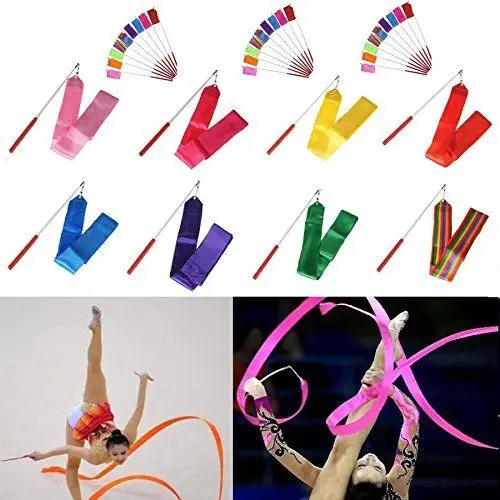
Optional: Burn the edges of the ribbon to keep them from fraying.
Tie one ribbon at a time to the end of the dowel. Secure it from sliding or coming undone with some hot glue, and let it dry completely.
Once dry, hand one ribbon wand to each kid and let them run around outside on a pretty spring day!
Best Mom Ever Award goes to… ME!
Busy moms, this one is for YOU!
Our weekly newsletter grants exclusive access to our favorite projects, recipes, free printables, and more!
Subscribe
Ideas for dancing in luminous costumes
New neon night lights
New neon night lights
We have worked hard and made a new line of handmade neon night lights. If you don't know what to give as a present - give such a night light. It will be unusual and in the truest sense of the word - bright!
Our neon lights up in the video!
Our neon lights up in the video!
It's always nice to see the results of your work in life.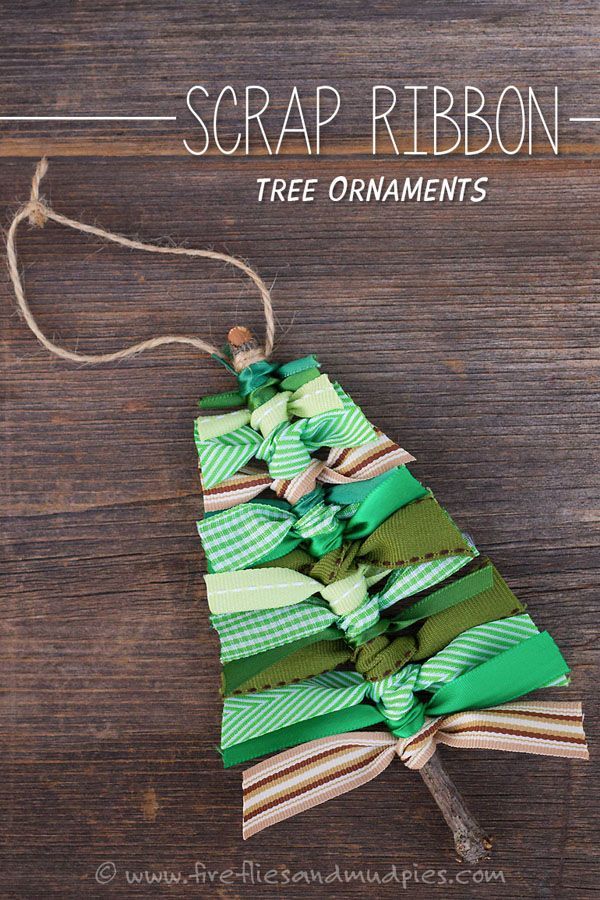 At such moments, you realize that this is all "not just trade." You help, advise, find new ways to use products, and thanks to them, store guests can realize their fantasies.
At such moments, you realize that this is all "not just trade." You help, advise, find new ways to use products, and thanks to them, store guests can realize their fantasies.
Drawing in a black notebook!
Drawing in a black notebook!
Drawing in a notebook with black pages looks completely different, and sometimes even the simplest sketch is perceived as a small masterpiece.
Notebooks made of felt, wood, with black pages and other novelties
Notebooks made of felt, wood, with black pages and other novelties
We have received a new shipment of notebooks. Models made of felt (to the touch, like felt boots), notebooks with black pages, in a wooden cover and other interesting things. We meet!
Candle lanterns Part 2
Candle lanterns Part 2
The second part of the video presentation of the new delivery of candle lanterns. Models made of wood, metal, glass and stained glass.
Candle lanterns Part 1
Candle lanterns Part 1
Candle lanterns have arrived! The variety of designs is dizzying, so we've split the video presentation into two parts.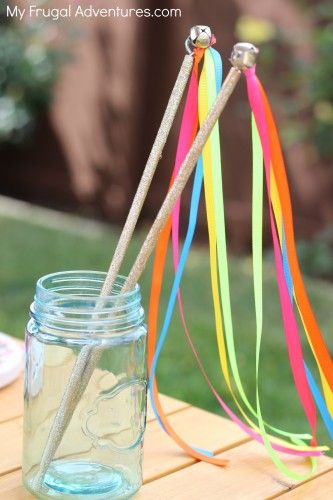 We present to you the first part.
We present to you the first part.
Another composition in the florarium
Another composition in the Florarium
The Internet does not yet allow you to feel the product, but we try to shoot so that every detail is visible. Here are several models of florariums for flowers and a small example of use.
Rechargeable candle from our workshop
Rechargeable candle from our workshop
A candle that does not need to be changed batteries, that does not spoil the interior with its Chinese look, was developed in our workshop. More in this video.
The history of one backpack
The history of one backpack
Once upon a time there was a backpack. He loved his master very much. And one day they decided together to enjoy the beautiful view and drink a cup of tea in pleasant solitude.
Master class on florariums from Tanya Verba
Master class on florariums from Tanya Verba
As promised, we are posting a full master class on florariums from Tanya Verba.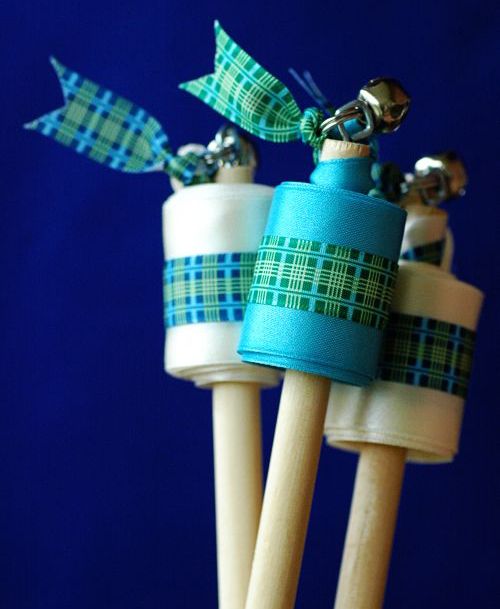 In it, we will tell you how to make a beautiful composition of plants, as well as how to use the florarium as a box for rings.
In it, we will tell you how to make a beautiful composition of plants, as well as how to use the florarium as a box for rings.
Florariums for rings and plants
Florariums for rings and plants
Charming florariums for rings and plants have arrived. We immediately tried to make something interesting out of them. We present to you what we have achieved! p.s. Very soon a full-fledged video lesson on florariums will be released on our channel.
Genuine leather notebooks
Genuine leather notebooks
Collection of cool notebooks made of genuine leather, wood, craft paper.
Do-it-yourself glowing letter from a garland
Do-it-yourself glowing letter from a garland
Today we will tell you how to make a beautiful glowing letter based on a garland with your own hands. This method is ideal when you want to make a luminous three-dimensional structure at minimal cost.
Wine coaster collection
Wine coaster collection
Several handmade wine coasters.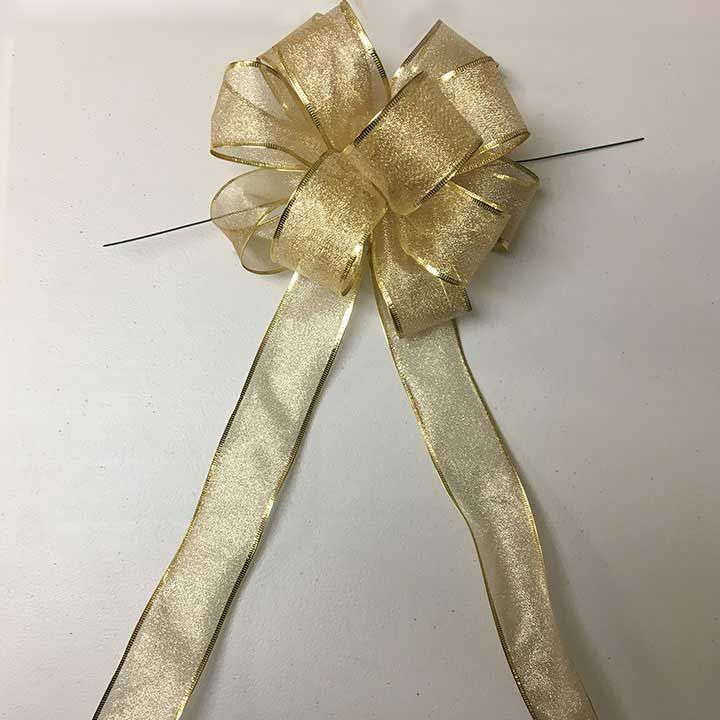 In the near future we promise to expand the range :)
In the near future we promise to expand the range :)
Polygonal paper models
Polygonal paper models
A new issue of lights-market.TV is dedicated to polygonal cardboard models that you can assemble yourself. An important feature of these sets is that the result is not a craft, but a real masterpiece - stylish and modern.
Glowing stones! We welcome the new product)
Luminous stones! Welcome new)
Beautiful luminous stones that can be used for landscaping, aquariums, flower pots, etc.
Handmade neon signs
Handmade neon signs
Cool handmade neon signs made by our friends. Hello)
New signs from our workshop
New signs from our workshop
Several new projects have been picked up in a month. We are glad to present them) It is made using ordinary neon, which can be purchased on our website.
Our workshop produced new boxes
Our workshop produced new boxes
Urrra) We present to your attention a new collection of craft wooden boxes for flowers, bottles, nuts - anything! Made in Russia!
Cafe marker boards
Cafe marker boards
A new type of cafe boards - marker pavement boards - has arrived at the warehouse. For drawing on them, special markers are used, the same as for LED boards. The image is very bright and saturated.
For drawing on them, special markers are used, the same as for LED boards. The image is very bright and saturated.
Sobinov, Suvorov. Dance support
If a dislocation or fracture has occurred, then it is strictly forbidden to set the injured limb yourself. It is necessary to immediately call a doctor or take the victim to a medical facility.
Injuries to the skin are possible: incisions, large abrasions with
the appearance of blood. In these cases, it is necessary to immediately lubricate the affected skin area with iodine, and then bandage it with a sterile bandage.
Do not wash the wound with water, seal with paper, etc. All this can introduce infection and complicate treatment.
But the source of injuries can be causes that depend on the performers themselves, on their physical condition, degree of training and preparedness.
For example, performing exercises without prior preparation of muscles and ligaments very often ends in injury.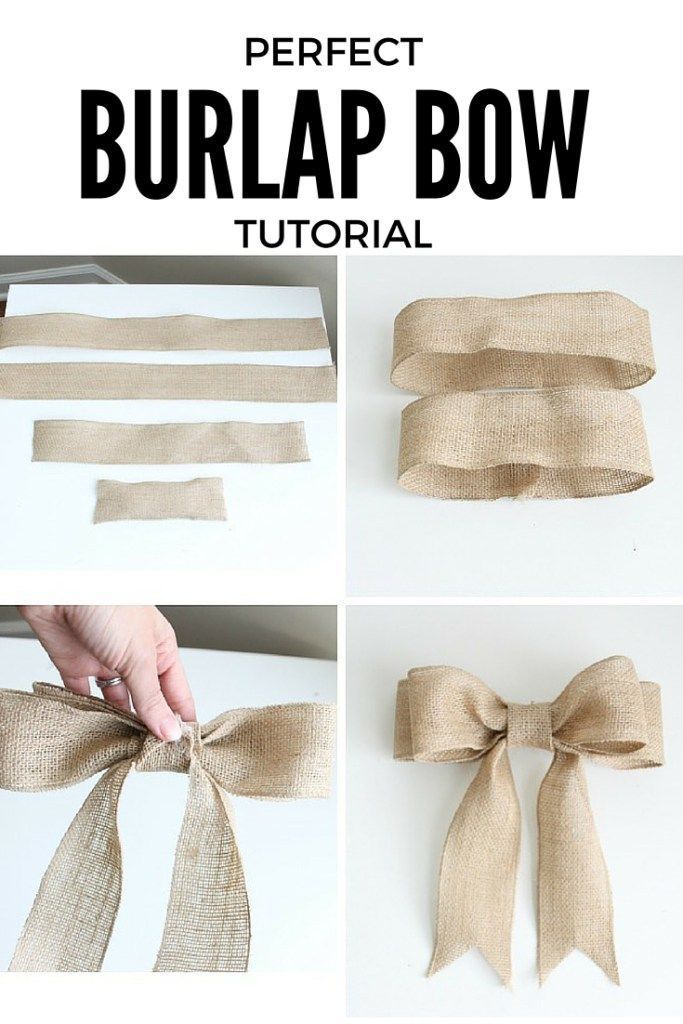 Therefore, you cannot immediately start training acrobatic lifts without a preliminary exercise.
Therefore, you cannot immediately start training acrobatic lifts without a preliminary exercise.
You can't train when you're sick. The harm from such activities is extremely great, since at an elevated temperature the cardiovascular system of the body already overcomes a large load. Girls on the days of menstruation (three days) are also not allowed to train and perform.
Do not continue exercising when you are physically tired. At this time, you need to take a break from training.
It is not recommended to work on complex acrobatic lifts at full strength after a significant break in training, especially if this break was caused by illness.
During the training of acrobatic lifts, partners must have full mutual understanding. Before performing acrobatic lifts, the partners must understand each other well and agree on the upcoming movements. When mastering a new support, one should insure either with the help of a gymnastic wall or with the help of a third partner. Such insurance in many cases is a guarantee against injuries.
Such insurance in many cases is a guarantee against injuries.
Injuries must be prevented, but their prevention is possible. Trainees must know all the causes of injuries and be able to eliminate them, and in case of injuries, behave correctly.
Medical supervision
Unfortunately, there is still no medical supervision and supervision of ballet dancers in most cases. A doctor in a ballet class is invited only as a specialist to provide medical assistance. This situation cannot be considered normal.
Dance is a system of complex physical exercises that put an extremely high load on the body, and first of all on the heart. Therefore, the task of medical control includes the dosage of the load and monitoring the training.
Doctors can control performers in the same way as they control those involved in sports: medical control is mandatory for all ballet practitioners, especially in adolescence; it should be carried out every three months and recorded in a special card.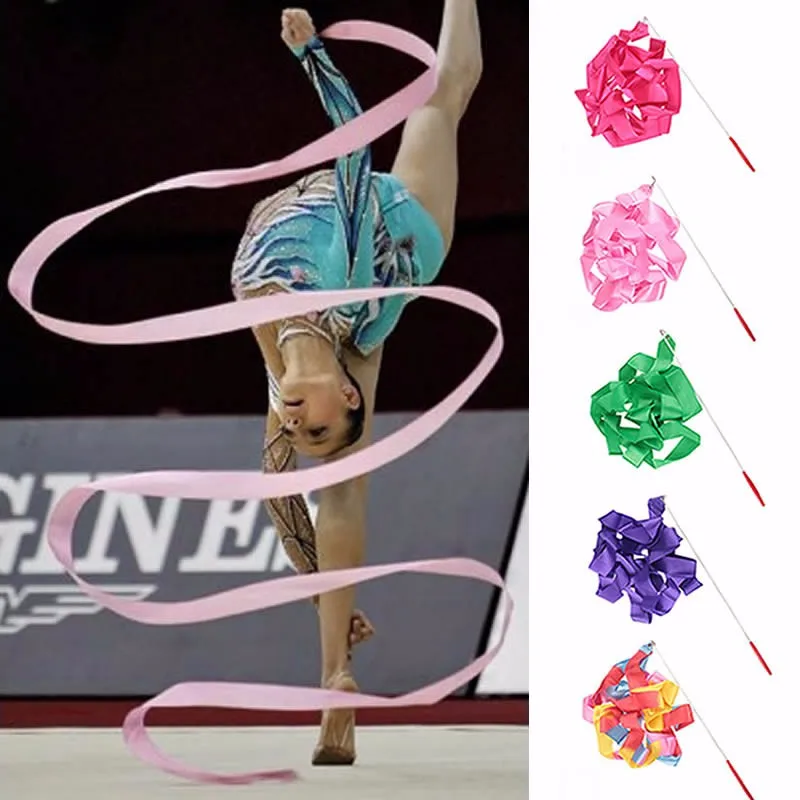
Most choreographers are women, and this obliges medical control to take into account the characteristics of the female body, especially when performing acrobatic lifts.
The main attention should be paid to boys and girls. Their bone, ligamentous and muscular apparatus are in the period of anatomical and physiological formation, which makes it possible to develop the qualities necessary for dancing due to the elasticity of the ligaments and incomplete ossification (this position is especially important for developing the eversion of the foot).
We repeat that girls under the age of sixteen and boys under the age of eighteen are not allowed to engage in aerial acrobatic support, since any mechanical load on the bone and ligament apparatus is unacceptable during the formation of the body.
Performing acrobatic lifts during this time can stunt performers' growth and even cause spinal curvature.
| Acrobatic training | supports | |
| onshore | reservoirs, | at the beach |
| Influenced by the refreshing action of water | and warming day | |
exposure to sunlight increases the tone of the body and there is a desire to perform various movements.
When training complex acrobatic lifts on the beach, there is no risk of injury.
However, the sand creates unfavorable conditions for pushing, so on the shore it is best to train entrances from a place to high acrobatic lifts such as "swallows", "arabesques". We can recommend acrobatic lifts that end in a split, turns and flips, “falls” and those acrobatic lifts that are performed at a pace and that pass from one lift to another.
131
However, one must not forget that sunbathing and swimming in themselves are a great physical burden on the body, and therefore you should not tire it out with training.
When training on the beach, you don't feel as tired as you do in a ballet class because the water is refreshing, but the fatigue can be overwhelming and you will feel it when you return from the beach.
To avoid undesirable results, it is enough to train acrobatic lifts (under conditions of sunbathing and swimming) - thirty minutes.
| CHAPTER | A | crobat |
| support | |||
|
| must | be | element | ||||
|
| dance |
| compositions. | ||||
|
| Therefore | support can | |||||
|
| be an element of the dance, not | ||||||
|
| with | specific | |||||
|
| contents, | and | choreography | ||||
|
|
| ||||||
| DANCE WITH SUPPORTS | nogo dance, and finally ele | ||||||
|
|
| dance cop with items: | |||||
|
|
| with ribbons, ball, | hoop, | ||||
| DANCES WITH SUPPORTS WITHOUT OBJECT | scarf, etc. |
| |||||
| examples | dance | with | support | ||||
|
|
| ||||||
| kami without specific content can | serve waltz. | ||||||
Lifting is often the climax of a dance combination. This is most evident in the waltz.
It is no coincidence that many ballet dancers demonstrated and demonstrate their skills in support in this dance form, starting from dance luminaries such as O. Lepeshinskaya, V. Gusev, R. Struchkova, A. Lapauri and others, and ending with graduates of the choreographer
| physical schools, young | ballet dancers. |
|
|
| |||
|
|
|
|
|
|
| Waltz | |
| Waltz - sometimes temperamental, stormy, impetuous, sometimes lyrical, | |||||||
| melodious - now classic | sample dance with supports. | rit | |||||
| we waltz fit dynamic rotation well, | turns, | near | |||||
| you, that is, all the elements of dance support. |
|
|
| ||||
| Waltz with lifts is best for a girl to dance | in light | ||||||
| chiton (sometimes simulating a lung) | dress), young man - in | free | |||||
| light shirt and trousers. |
|
|
|
|
| ||
| Dance | waltz canvas with supports - tools | classic | |||||
|
| (“balance”, “glide path”, “highway”, etc. | Oni | CAN | ras | |||
|
| two | options. | First, | when partner | dancing on | ||
pointe shoes, and the second, lighter, when the partner is in soft ballet shoes.
In the first case, the elements of the dance will be strokes (the partner walks around the partner standing on pointe), rotations (“chenet”, pirouettes, tours) of both partners and one partner performing rotations standing on pointe with the active help and support of the partner, and, finally, big “jete” (the partner picks up the partner and, as it were, continues her movement, walks with her across the stage, creating the impression of her flight).
133
Let's analyze the supports that are most often found in the dance canvas of the concert-variety waltz.
At the beginning of the dance, for the exit of partners, support is most often performed when the partner is in a sitting position on the partner’s shoulder or straight arm.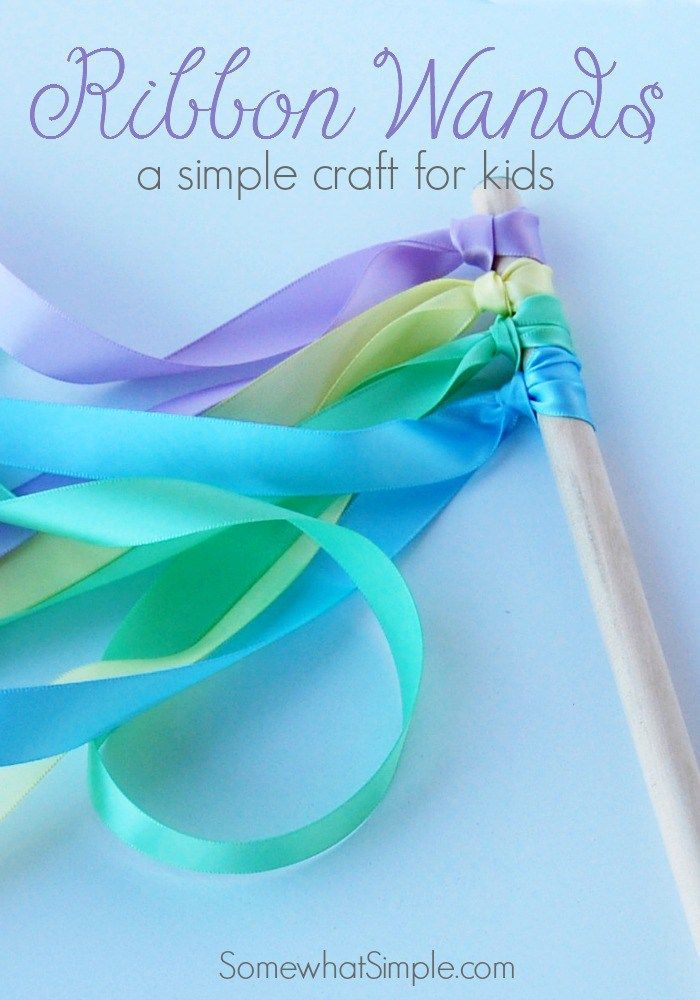 The partner brings the partner onto the stage, moving in the rhythm of the waltz.
The partner brings the partner onto the stage, moving in the rhythm of the waltz.
The waltz is very characteristic of rotations and various kinds of circular air flights. It is beautiful when the partner joins in a rapid rotation from a jump. Having run up the diagonal of the stage (assume that the movement starts from the left corner), the partner pushes off the floor at a distance of two or three steps from the partner (the partner is standing in the middle of the stage) and flies towards him. The partner picks it up and, without delaying the movement, begins to rotate (Fig. 276).
Almost all the various spins can be included in a waltz composition.
Very in harmony with the music of the waltz, especially in its bravura places, air flights and flights.
Here is an example of a flight. The partner, being at the moment of the flight at the highest point, seems to linger in the air in a grouping (Fig. 277).
The climax in the waltz is usually the so-called double "swallows" (or "fish"; see Fig.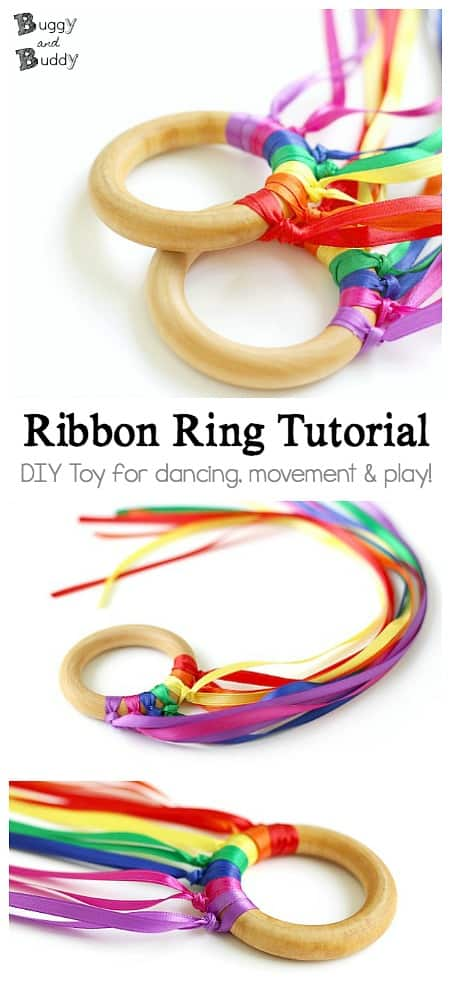 79). Flights and "swallows" are usually performed in the waltz not once, but twice in a row (to repeated music), which enhances the impression of support. Dynamic supports such as "swallows" very easily fall on waltz rhythms.
79). Flights and "swallows" are usually performed in the waltz not once, but twice in a row (to repeated music), which enhances the impression of support. Dynamic supports such as "swallows" very easily fall on waltz rhythms.
134
The waltz usually ends with spectacular dynamic support. It is possible, for example, to carry out the support shown in
fig. 59.
Such support is also interesting. The partner runs up front. The partner strongly pushes her up into a sitting position. High in the air, the partner sharply spreads her legs into a “split”, and then flies down (Fig. 278). The partner grabs her by the arm (and the partner hugs
his neck) and begins to rotate with her in place. Then the partner moves to a sitting position on the partner's thigh.
There is also such a variant of the final waltz support. The part of the nersha from the dance step goes to the side high “swallow”. Then he makes one and a half (two) turns and comes to the partner’s hands in a low “swallow” (Fig.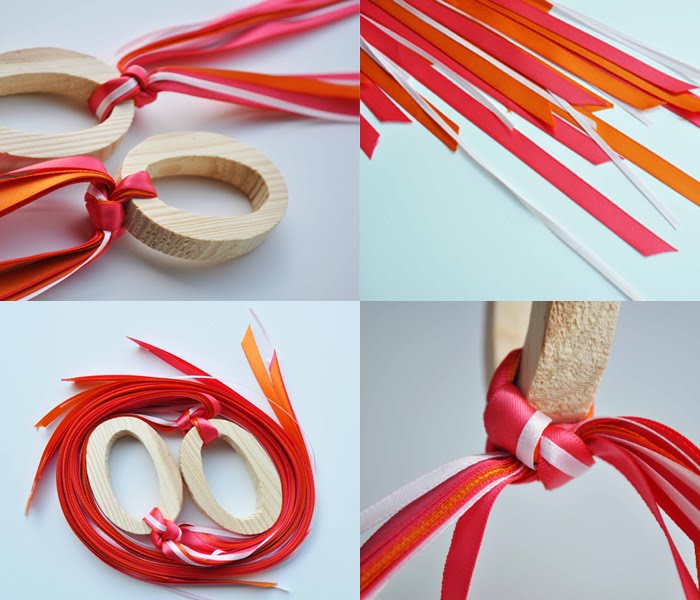 279).
279).
We give only general moments of the waltz with lifts and deliberately do not draw up a specific dance pattern. Performers and ballet masters should develop their own original solutions for dance movements and lifts.
Some performers, unfortunately, go the other way: they copy the dance patterns that have already become familiar. As a result, at
135
waltzes appear on the concert stage, different in name and musical material, but, alas, have already become choreographic templates.
The way we propose is more difficult: the search for an independent solution to the dance often leads to failure and grief. But on the other hand, having found its own interesting dance composition will bring real creative satisfaction to the performers
DANCES WITH OBJECTS
| „Dance with | ribbons" |
|
|
|
| Acrobatic lift becomes more effective, | if | |||
| her drawing | complements any object - flying | ball, | hoops, | |
| tapes, etc. |
|
|
| |
|
| be | is | ||
| ribbons used. Usually take a tape 7 m long, 5-6 | cm wide and | |||
| attach it to a thin bamboo stick 75-80 long | see |
| ||
136
Ribbons are mainly used in solo numbers, but there can be a very interesting solution for using them in a duet dance with supports.
Let us examine (schematically) an example of such a dance. Suppose the dance has three parts.
1. Solo part of the partner's dance with one ribbon.
2. Entry into the dance of the partner, who also has one ribbon - a duet dance piece in the stalls without supports.
3. A duet piece of a partner's dance with a partner with ribbons using supports.
A dance built according to this scheme makes it possible to gradually enhance the impression of the performance.
During the performance of solo excerpts, partners must be able to master the tape well and create beautiful drawings by playing it. The ribbon flies after the performer in jumps, as if wrapping around him at the moment of rotation, etc.
During the performance of a duet excerpt, partners must achieve synchronous action with ribbons. Ribbons in their hands converge, diverge
it. p. The group looks beautiful when one performer stands behind the other and they perform various movements with ribbons.
Let us analyze several dance passages with supports.
The partner, being in the middle of the stage in the “split” position, swings with her right hand, in which she holds the tape, and then tilts the body forward, then takes it back. The tape at this time describes wide arcuate lines (Fig. 280).
The partner stands behind the partner's necks, raising his right hand with the ribbon up and making a “snake” with the ribbon.
Then the partner moves to the right, takes the ribbon in his left hand, and the partner gives the right hand
| she. | Partner | takes | right |
| arm | partners | left | by hand |
| (in the right it is | holds | tape) | |
and moves the legs to the sitting position 137
(Fig. 281). The partner jerks the partner up from the floor. Strengthening the partner's jerk, the partner pushes off with her left foot and finds herself in a sitting position on the partner's chest, with her left hand clasping his neck (Fig. 282). Holding the partner, the partner begins to rotate in place.
The ribbons fly around the performers in a beautiful spiral pattern
ke, making this simple support effective. The partner holds two ribbons in her right hand (sticks of ribbons are clamped
between her fingers so that their ends diverge - otherwise the ribbons will connect and get tangled). With dance steps, partners walk diagonally from the left or right corner of the stage to the center.
With dance steps, partners walk diagonally from the left or right corner of the stage to the center.
Partner swings the ribbons in time with the movement. Partners take a step together with their left foot, then a step with their right foot. In the same rhythm, the partner brings forward the left leg
| , partner | picks up partner and | lifts her high vol | ||||||
| seated support. |
|
|
|
| ||||
| B | lifting torque | partner swings | tapes, | what creates | ||||
| the impression of an easy takeoff. Top partner | disconnects | tapes. | ||||||
| Single | takes in | right, | and the other to the left | hand and does | imi | snake | ||
| (Fig. | 283). |
|
|
|
|
|
|
|
| Then partner | throw ne |
|
|
|
| |||
| pulls the partner into a low strand |
|
|
|
| ||||
| muyu | swallow. | Partner in |
|
|
|
| ||
| this time does | max | tapes, |
|
|
|
| ||
| and large arc bands |
|
|
|
| ||||
| fly | down. | Holding | partner |
|
|
|
| |
in the “swallow” position, the partner starts to rotate in place. Thanks to the ribbons, this dynamic support becomes interesting (Fig. 284).
The partner, standing in the center of the stage, lifts the partner up. Part nersha sits on his arm facing the audience. The partner goes forward to the forefront. At this time, the partner, who has a ribbon in both hands, begins to make “eights” with them, bringing the ribbons together (Fig. 285). This creates a nice support pattern.
Standing at the forefront, the partner begins to slowly lower the partner to the floor. The partner continues to wave the ribbons, which is why the “eights” (due to the decrease of the partner) seem to be gathering, forming their own figurative monogram.
The partner, being sideways to the audience, runs towards the partner standing in the center of the stage.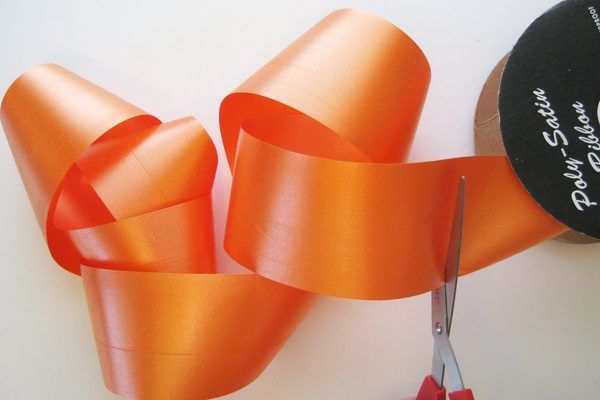 Then she pushes off the floor, at the same time -
Then she pushes off the floor, at the same time -
139
Neighbor files in subject [UNSORTED]
- #
11/08/2019793.74 Kb0SLAVYANE CONFERENCE.docx
- #
11/12/201888.06 Kb5 Dictionary .doc
- #
11/10/2018737.5 Kb4Slr.docx
- #
11/12/201963.49 Kb1Service words.doc
- #
03/19/2016249.64 Kb74 interview.docx
- #
05/18/20154.15 Mb281Sobinov, Suvorov. Dance support.pdf
- #
09/13/2019120.32 Kb0 Modern_bank_sysOBD.doc
- #
03/19/2016222.72 Kb3Modern medicine.doc
- #
11/14/2019350.81 Kb3Content.docx
- #
05/18/2015291.
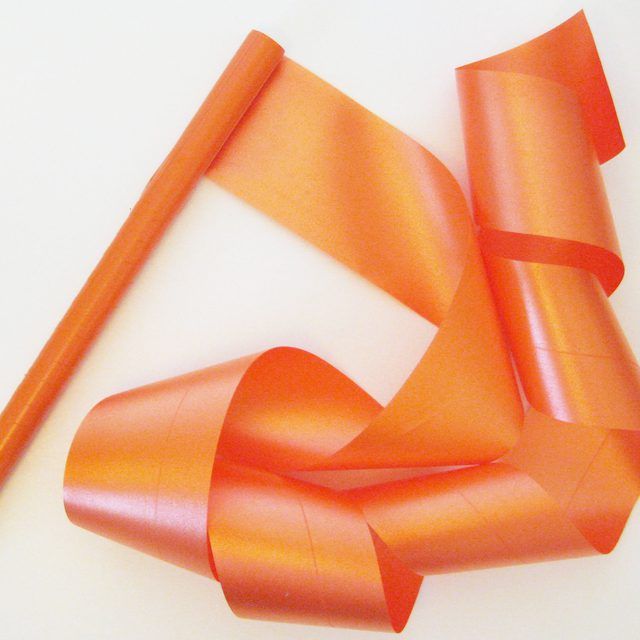
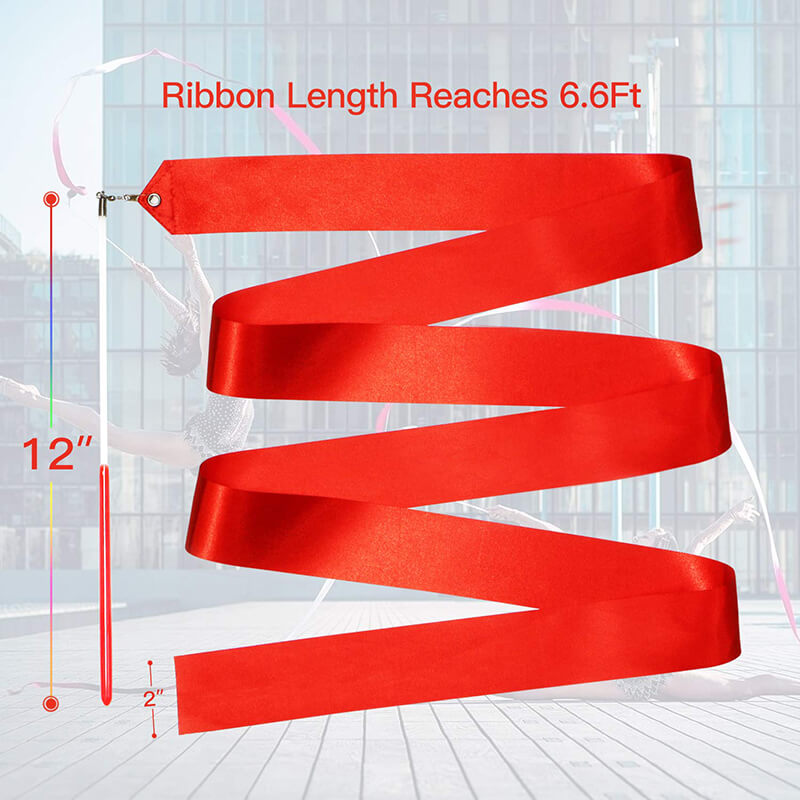
 B
B 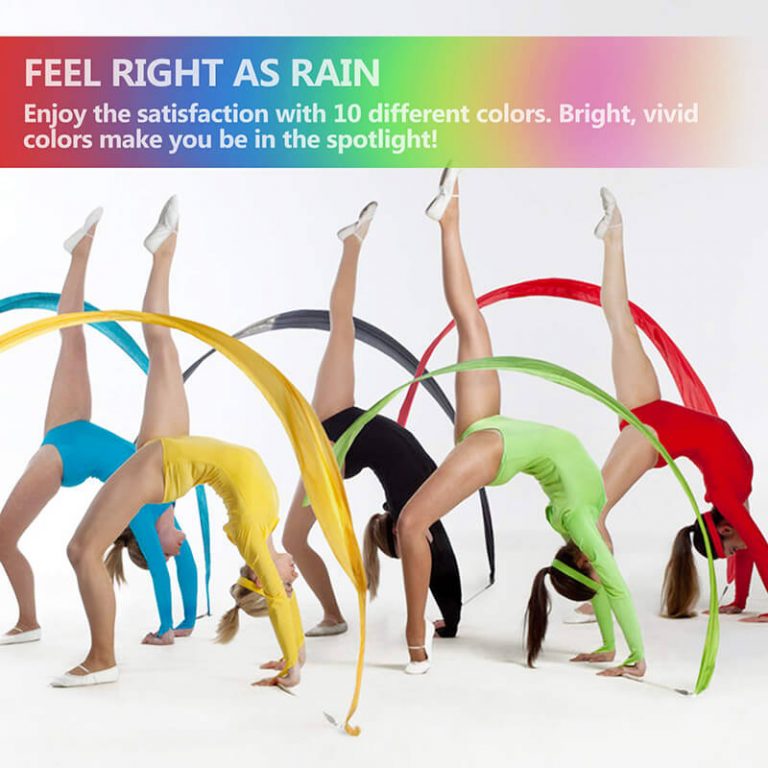 At
At 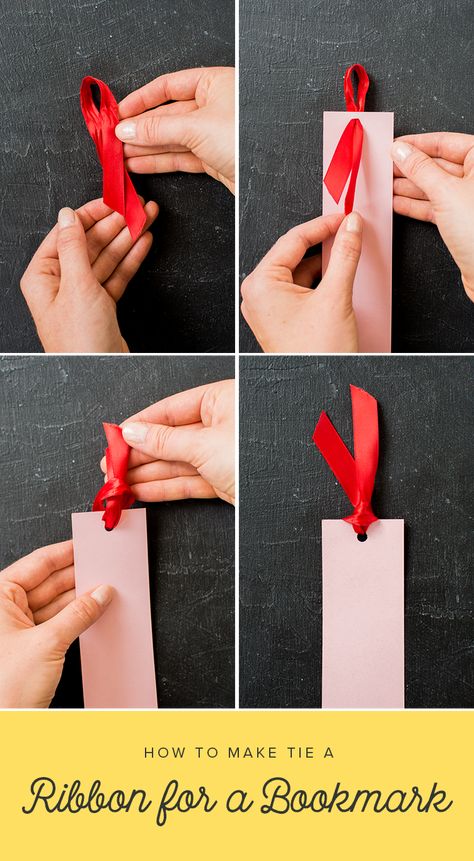 ).
). 